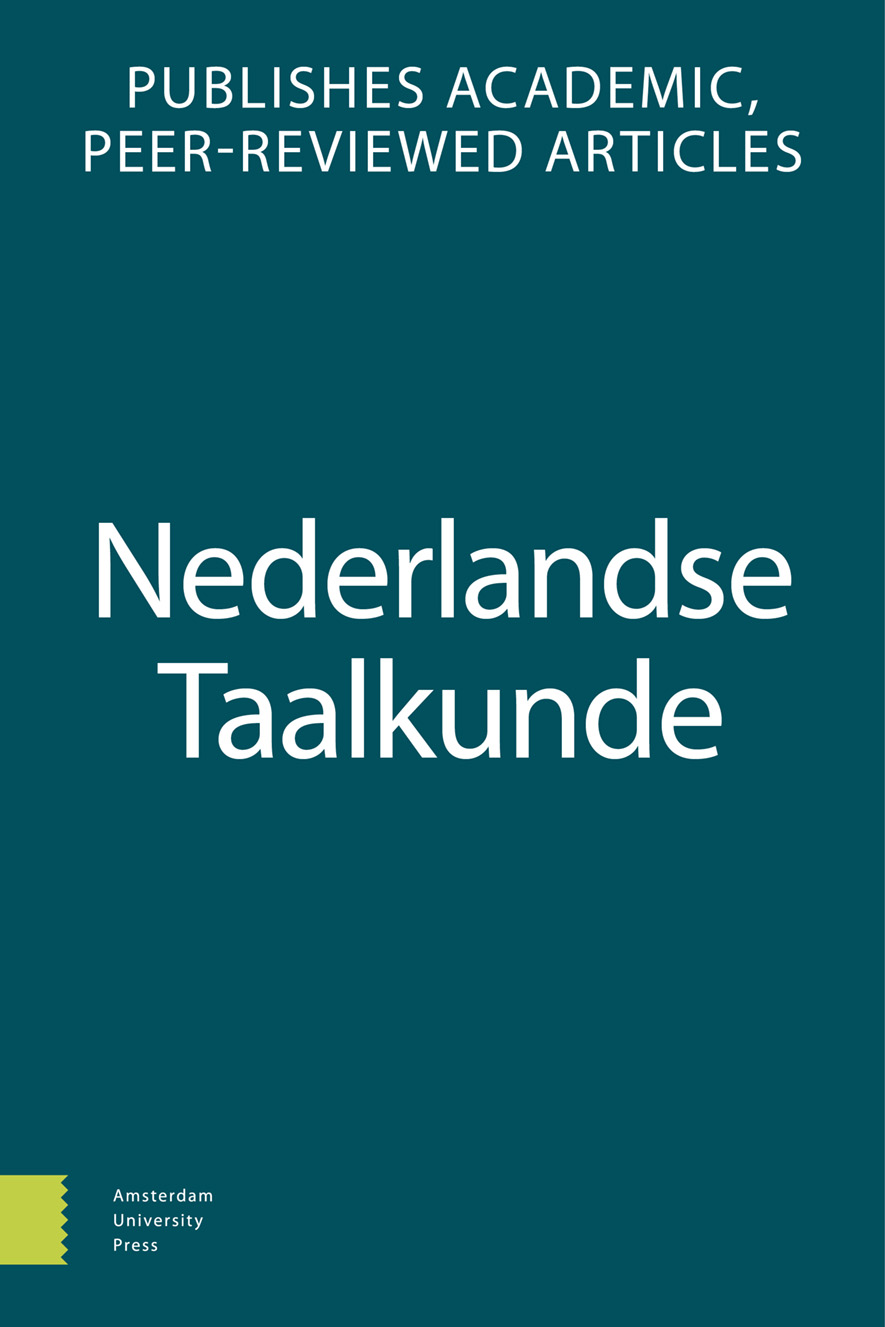
Full text loading...
We use cookies to track usage and preferences.I Understand
The present study investigates the effect of interlocutors’ gender on the production of persistent verb spelling errors in adolescents’ private online communication. Specifically, we examine whether boys adapt to the – more standard – spelling practices of girls, and whether girls produce more errors in conversations with boys. We focus on (presumably) unintentional spelling errors in regular Dutch verb forms, i.e., ‘features’ one would rather avoid since they tend to be highly stigmatized. The results reveal a pattern of unilateral accommodation: they point to downward convergence on the part of the older girls, who converge towards the less standard spelling style of their male interlocutors, but not to upward convergence in boys’ writing. The maintenance pattern in boys’ and the norm relaxation in girls’ mixed gender writing give an interesting clue with respect to the subtle mechanisms of both accommodation and norm perception related to the informal social media context.

Article metrics loading...

Full text loading...
References


Data & Media loading...

